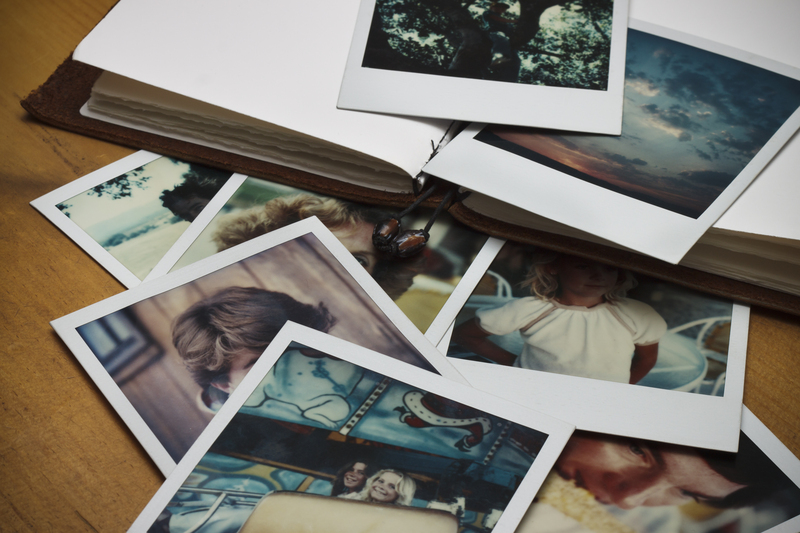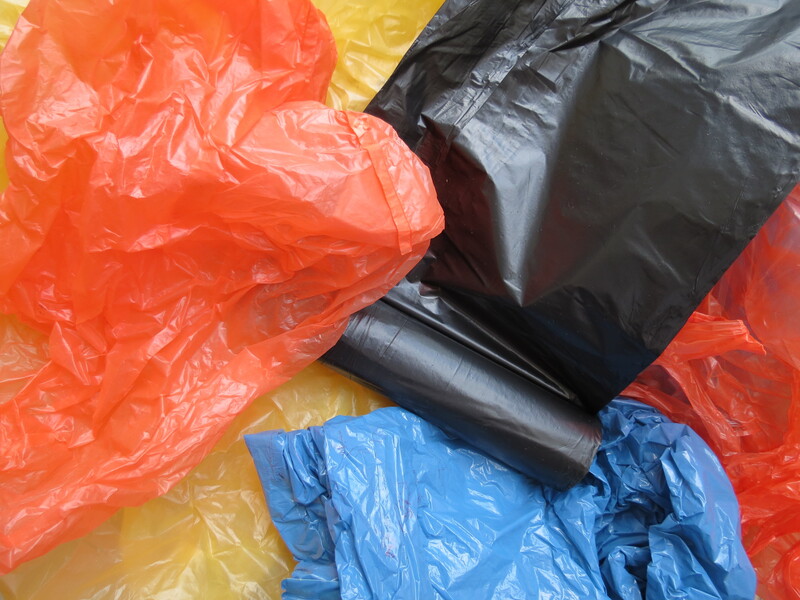Moving a Vase Without Damage
Posted on 26/10/2025
Moving a Vase Without Damage: Comprehensive Guide
Moving fragile items, such as a vase, can be a daunting task. Vases, often made of delicate materials like glass, ceramic, or porcelain, are susceptible to breakage and damage. Whether you are relocating to a new home, rearranging your living space, or moving a valuable heirloom, ensuring the safety of your vases is paramount. This guide provides a step-by-step approach to moving a vase without damage, ensuring your treasured items remain intact.
Preparation: Gathering the Necessary Materials
The first step in moving a vase without damage is gathering all the necessary materials. Proper preparation ensures that you handle the vase safely throughout the moving process. You will need the following items:
- Bubble Wrap: Provides cushioning and protection against impact.
- Packing Paper: Prevents scratches and adds an additional layer of insulation.
- Sturdy Box: A strong, appropriately-sized box to hold the vase securely.
- Tape: Packing tape to secure the wrapping and box.
- Marker: For labeling the box to ensure proper handling.
- Padding Material: Materials like foam peanuts or crumpled paper to fill gaps.

Preparing the Vase for Moving
Proper preparation of the vase is crucial to prevent damage during the move. Follow these steps:
Cleaning the Vase
Start by thoroughly cleaning the vase to ensure it is free of dust and debris. This step is especially important for antique vases, as dirt can cause scratches when wrapped.
Wrapping the Vase
Begin by wrapping the vase with packing paper. Avoid using newspaper, as the ink can transfer onto the vase. Wrap the paper around the vase, securing it with tape to prevent it from unraveling.
Once the vase is wrapped in packing paper, cover it with a layer of bubble wrap for added protection. Ensure the bubble side is facing out to maximize cushioning. Secure the bubble wrap with tape, making sure all parts of the vase are covered.
Choosing the Right Box
Selecting the right box is crucial for safe vase transportation. The box should be sturdy enough to withstand handling and appropriately sized to prevent the vase from moving around.
Measuring the Vase
Measure the dimensions of the wrapped vase and choose a box that offers at least 2-3 inches of space around all sides. This extra space allows for additional padding material, enhancing protection.
Preparing the Box
Before placing the vase in the box, line the bottom with padding material to create a cushioned base. Crumpled packing paper, foam peanuts, or bubble wrap can be used. Ensure the padding is evenly distributed to prevent the vase from tilting.
Packing the Vase in the Box
With the vase and box prepared, it's time to pack the vase securely:
Inserting the Vase
Place the wrapped vase gently into the center of the box. Hold it steady while adding additional padding material around all sides. The vase should fit snugly without excessive movement.
Securing the Vase
Fill any remaining gaps with more padding material, ensuring there are no empty spaces. The vase should be immobilized within the box, cushioned from all angles to absorb shocks during transport.
Sealing and Labeling the Box
Once the vase is securely packed, seal the box with packing tape. Reinforce all seams to prevent the box from opening during the move.
Labeling the Box
Clearly label the box with the contents and "Fragile" to alert movers of its delicate nature. Indicate the top side of the box to ensure it remains upright during transport. Labeling is crucial for communication and careful handling by everyone involved in the move.
Transporting the Vase
Proper transport methods are essential to avoid damage. Whether you are moving the vase yourself or using professional movers, consider the following:
Carrying the Box
Carry the box with care, avoiding sudden movements or bumps. Hold the box from the bottom to support the weight evenly. If moving multiple items, place the vase box on top to prevent crushing.
Securing in a Vehicle
If transporting by car, position the box in a secure spot where it won't shift during transit. Placing it on the floor rather than the seats can provide better stability. Use seat belts or additional padding to secure the box in place.

Unpacking the Vase
Upon reaching your destination, carefully unpack the vase to avoid accidental damage. Follow these guidelines:
Choosing the Right Area
Select a clean, flat surface to unpack the vase. Ensure there is ample space to maneuver and no risk of knocking over other items.
Unwrapping the Vase
Gently remove the packing tape and unwrap the bubble wrap and packing paper. Take your time to ensure the vase doesn't slip or get damaged during unwrapping. Inspect the vase for any signs of damage immediately.
Conclusion: Ensuring a Safe Move
Moving a vase without damage requires careful planning, the right materials, and meticulous handling. By following the steps outlined in this guide, you can ensure the safe transport of your vases, preserving their beauty and value. Remember, the key to a successful move is attention to detail at every stage, from preparation and packing to transport and unpacking. With the right approach, you'll have peace of mind knowing your fragile items are well-protected.







